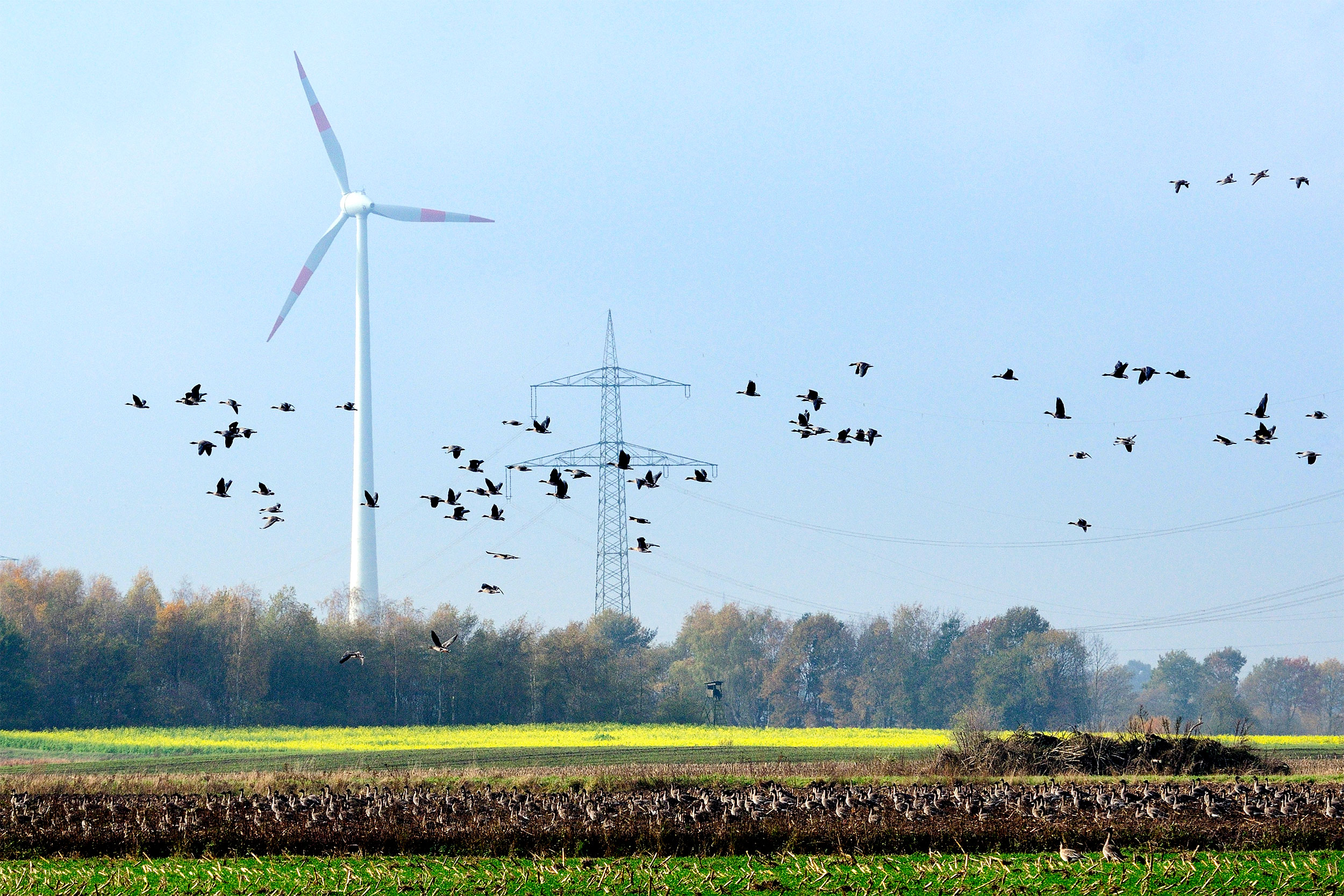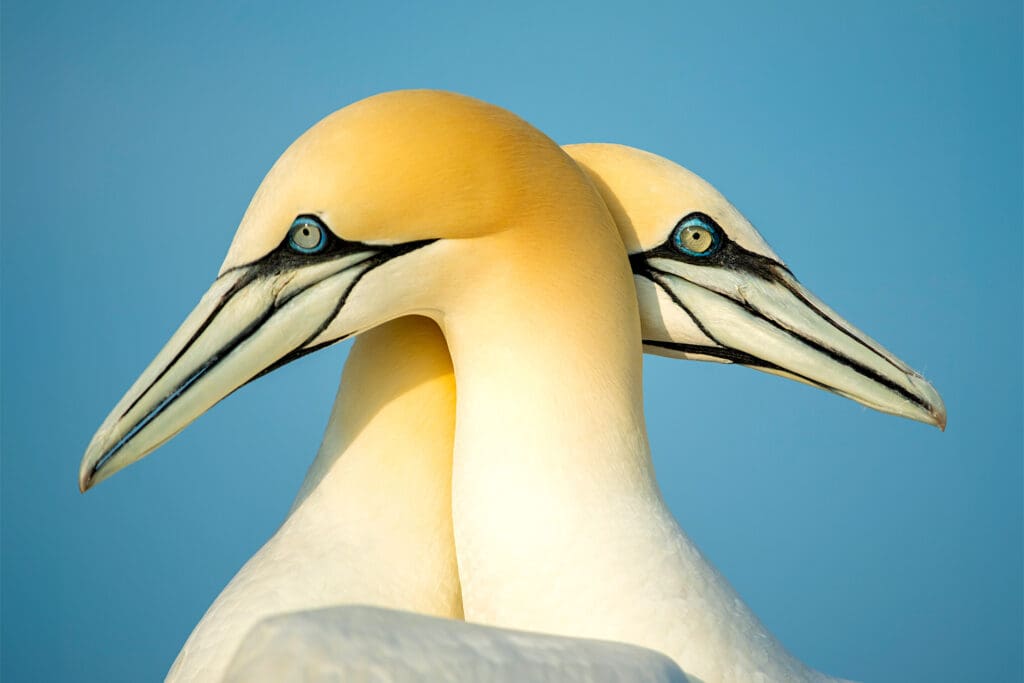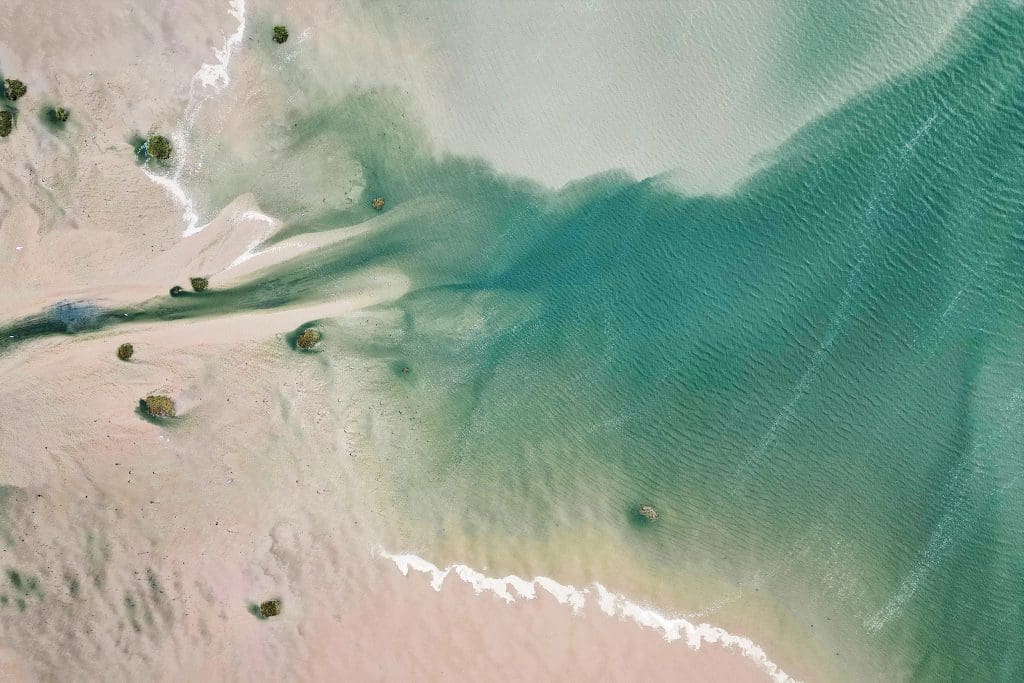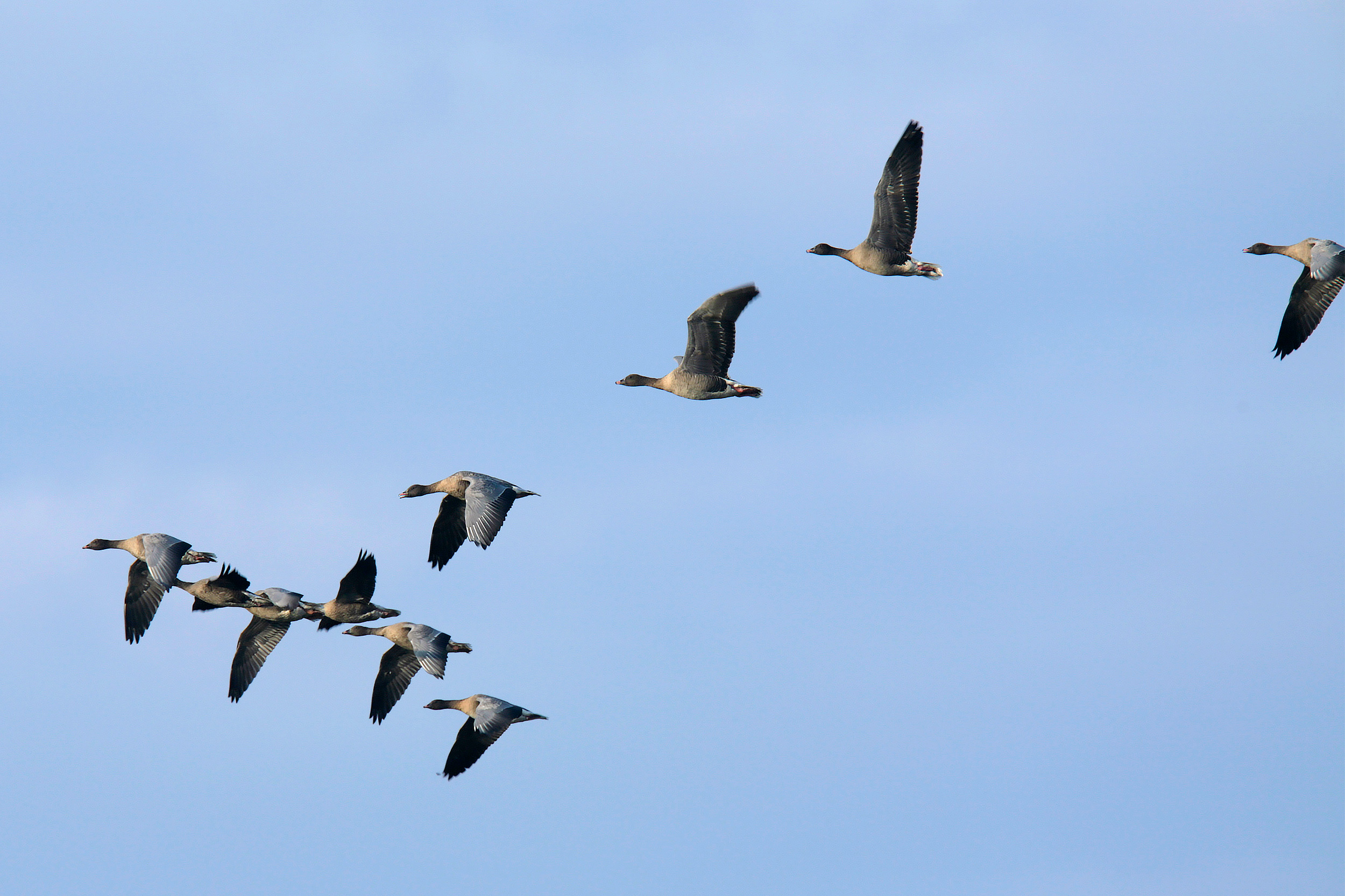It happens most years, always on a day when hope seems to be running out of the world like water draining from a bath. And with hope goes the sunlight, trickling away at an express pace in the middle of every afternoon. Winter, it seems, has taken away everything worth having.
It’s taken the light. It’s taken the leaves from the trees. It’s taken the flowers.
It’s taken the butterflies. It’s taken the birdsong. It’s taken the Swifts and the Swallows and the martins. It’s taken the Cuckoos and the warblers. And all the joy.
And then I hear them. A sound somewhere between a yap and a yodel, and I can hear it a thousand times in the course of a single second. If I’m indoors, I run out.
If I’m outside, I wrench my neck and stare upwards, but before I do so I let out a tremendous bellow, partly to tell my family and partly because, at moments like that, you simply have to cheer.
“PINKFEET!”
And there they are. The sky has become a Chinese scroll, written with the most exquisite pen-work. But these are living messages, shifting their shape even as I watch, and calling hard, urgent instructions to keep the formation tight and take a proper turn at the front. And on they go, out of sight, soon to parachute down to their roosting grounds on the marshes of the River Yare, where they will spend a restless night.
‘When they fly overhead they seem to be telling me, “Cheer up! Snap out of it! Winter is not so bad after all.” Like every other season, winter is the season of life’

Pink-footed and White-fronted Geese in flight and in a stubble field. Photo: Nick Upton (rspb-images.com)
These are Pink-footed Geese, and they come to visit us every year because – never mind what I think – they reckon our winters are lovely. Certainly, they are kinder than those in Iceland or Greenland, where these geese spend the rest of the year. And when they fly overhead, they seem to be telling me, “Cheer up! Snap out of it! Winter is not so bad after all.” Like every other season, winter is the season of life.
We live on an island, so naturally we have lots of coast. The warming Gulf Stream washes by. It doesn’t always feel like it, but our winters are mild. That’s why so many species that breed further north drop down to enjoy our balmy winters. As they do so, they bring to all bird-aware humans some annual joy, shot through with relief.
Redwings and Fieldfares arrive in gardens and parks. Bramblings come and forage. Sometimes you can find Waxwings; they have a notorious taste for supermarket car parks, where they feast on cotoneaster berries. Whooper Swans and Bewick’s Swans come in from the Arctic.
I once spent a winter in a house on a Suffolk beach. I wrote a book there, staring at the sea every time I was lost for a word. Almost every time I did so there was a flight of Brent Geese, small, neat and dark and low to the water. Getting any work done at all was a triumph of the will.
But it’s those Pinkfeet that get to me deepest of all. The best place to see them is the RSPB reserve at Snettisham on the Wash – at dawn and dusk they commute between feeding grounds and roosting grounds, and you often see them in tens of thousands. Birds always bring hope in the spring; in winter, they can rescue us from despair.
Watch this fantastic winter spectacle – flocks of Pink-footed Geese. Video credit: RSPB
You might also like

Celebrating nature in art: six nature artists you need to know

Comment: When it’s us vs them, who will win?



